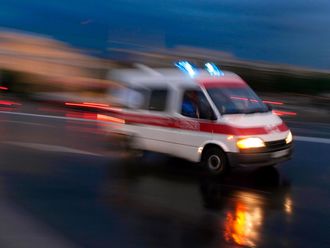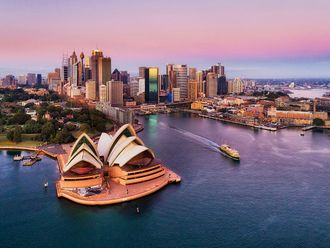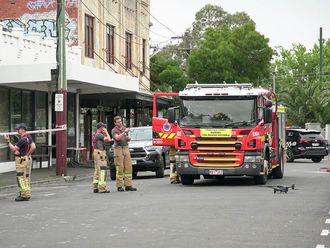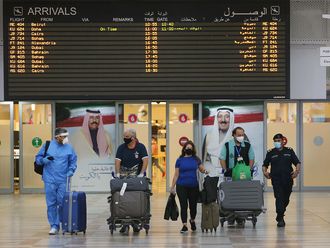Beira: New satellite images taken above the Mozambican port city of Beira show the vast scale of flooding there, as rescuers race to reach tens of thousands of people trapped by floodwaters from Cylcone Idai.
The images released by the European Space Agency show a huge new inland “lake” measuring 125km by 25km.
A large number of people in and around Beira who sought refuge on rooftops and trees are still waiting to be rescued a week after the cyclone struck.
As floodwaters finally start to recede, the priority is to deliver food and other supplies to people on the ground rather than take people out of affected areas, although that is also happening, said Celso Correia, the Minister of Land and Environment.
“Our biggest fight is against the clock,” Correia told a news conference, adding that authorities were using all means possible to save lives and were working 24 hours per day. 3,000 people have so far been rescued, he added.
Cyclone Idai lashed Beira with winds of up to 170km per hour (105 miles per hour) a week ago, then moved inland to Zimbabwe and Malawi, flattening buildings and putting the lives of millions at risk.
At least 98 people have died in Zimbabwe, while 56 have died in Malawi. The latest death toll of 217 in Mozambique is likely to rise much further as rescuer continue to find bodies. “The situation is still critical,” Correia said.
Gerald Bourke, the regional communications officer at the World Food Programme, said the affected area was one of the most densely populated in Mozambique and that rescuers still did not know how many people remained trapped. People clinging to trees have had to avoid snakes that also fled the flooding, he added.
Aerial images released by Mozambique’s disaster relief agency, the INGC, showed survivors packed together on top of high buildings in Buzi district, which is the worst affected area.
Travis Trower, who runs Rescue South Africa, an NGO that has been involved in the air rescue efforts, described the scene arriving by road from Vilanculos to Buzi shortly after the cyclone struck.
“I have never seen water rise so fast,” he said. “We were about 80km from Vilanculos where we came across this village. Everyone was in the trees and the women were throwing their babies to us. When we went back the next day, only the treetops were visible. The whole village had gone.
“There is huge urgency now to get to people. Given the size of the lake we are seeing on the satellite images we need to ask where are the people who live there.”
Map
Beira, now a large island in the flooded plains, remains a scene of widespread damage, with large numbers of fallen trees and power lines, shattered windows and little electricity.
More than 400 sq kilometres (150 sq miles) in the region are flooded and in some places the water is six metres (19ft) deep. At least 600,000 people are affected, according to the UN Office for the Coordination of Humanitarian Affairs (OCHA), ranging from those whose lives are in immediate danger to those who need other kinds of aid.
About 37 basic reception centres, mainly schools that can hold between 100 and 1,000 people, have been set up around Beira. The Guardian understands that UN agencies are examining building two large reception camps to accommodate 400,000 people, which would make providing food and health services easier.
“There’s a need of almost everything,” said the Red Cross’s Caroline Haga in Beira.
— Guardian News & Media Ltd












